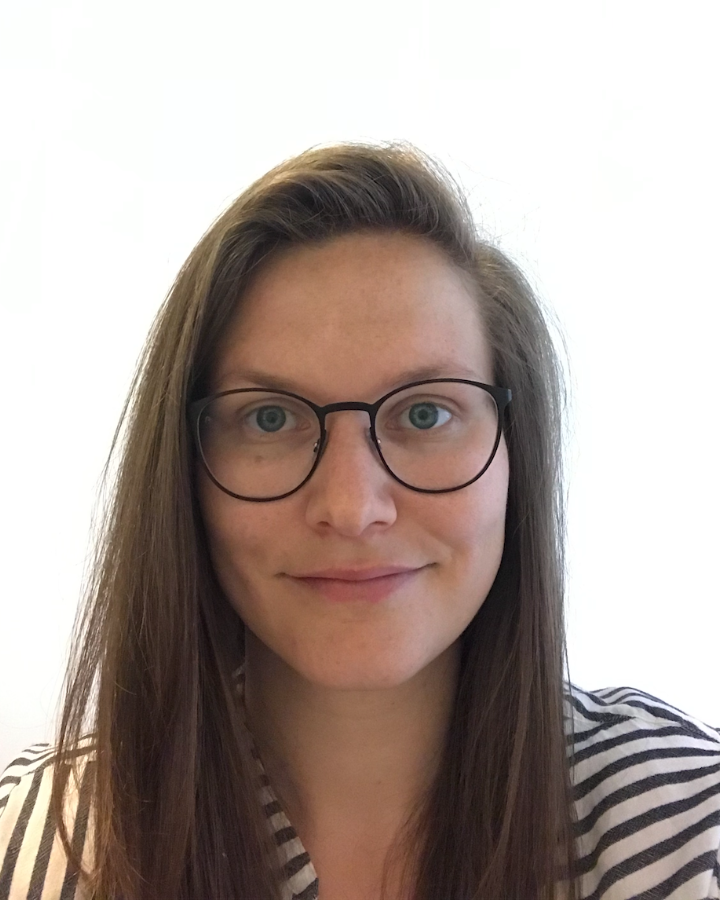Microalgae & Cyanobacteria
Waste–to–value: Microalgal production of value added compounds from waste streams
In this TU Wien funded project, we characterize different waste streams and screen them for the production of value added compounds in microalgae and cyanobacteria. We are working on production of food and feed components as well as biodegradable bioplastic all while fixating atmospheric CO2.
Motivation
The anthropogenic CO2 and need for novel protein sources for food and feed purposes increases proportionally with the growth of human population. With the increase of population comes the need for more plastics for everyday needs. Microalgae and cyanobacteria seem to be the perfect candidate to tackle those concerns at once. CO2 is reduced through photosynthetic processes and concurrently proteins, fatty acids, pigments and in some cases, even biodegradable bioplastics are produced.
Waste remediation as a secondary effect could be beneficial in terms of reducing the process costs and increasing the ecological benefit of the process. Removing nitrogen, phosphate, toxic compounds and organic C-sources from waste streams, such as dairy wastewater, is needed to avoid water eutrophication.
So far, microalgae and cyanobacteria have only been cultivated in low biomass concentrations (in multiple different cultivation modes) and no economically feasible process has been designed in regards of energy and carbon use.
Figure 1: Microalgae cultivation in stirred tank photobioreactors
Goals
- Generating high biomass concentrations in microalgae and cyanobacteria for next generation food and feed purposes
- Increasing the ratio of valuable target product to biomass to enhance the nutritional values and thereby the market value, by process design
- Creating an economically feasible process by using waste streams as substrate and reducing the process costs
- Removing potential toxic compounds from wastewater to avoid water eutrophication in the long term
Approach
Microalgae and cyanobacteria at IBD Group:
- Chlorella vulgaris (Food + Feed)
- Haematococcus pluvialis (Food + Feed)
- Synechocystis sp. (Bioplastic – Polyhydroxybutyrate / PHB)
These organisms will be screened with different waste substrates, such as dairy whey or hydrolysates from straw, potato peels, onion skins and banana peels. The most promising screening results will be upscaled to a photobioreactor. The biomass composition will then be analyzed for nutritional values as well as bioplastic content. The desired cell components will then be extracted with novel sustainable approached to reduce the environmental impact in the downstream as well.
Figure 2: Schematic representation of project approach
References
Abreu, A. P., B. Fernandes, A. A. Vicente, J. Teixeira, and G. Dragone. "Mixotrophic Cultivation of Chlorella Vulgaris Using Industrial Dairy Waste as Organic Carbon Source." Bioresour Technol 118 (Aug 2012): 61-6.
Barkia, I., N. Saari, and S. R. Manning. "Microalgae for High-Value Products Towards Human Health and Nutrition." [In eng]. Mar Drugs 17, no. 5 (May 24 2019).
Barros, A., H. Pereira, J. Campos, A. Marques, J. Varela, and J. Silva. "Heterotrophy as a Tool to Overcome the Long and Costly Autotrophic Scale-up Process for Large Scale Production of Microalgae." Sci Rep 9, no. 1 (Sep 26 2019): 13935.
Benedetti, Manuel, Valeria Vecchi, Simone Barera, and Luca Dall’Osto. "Biomass from Microalgae: The Potential of Domestication Towards Sustainable Biofactories." Microbial Cell Factories 17, no. 1 (2018/11/10 2018): 173.
Khan, M. I., J. H. Shin, and J. D. Kim. "The Promising Future of Microalgae: Current Status, Challenges, and Optimization of a Sustainable and Renewable Industry for Biofuels, Feed, and Other Products." Microb Cell Fact 17, no. 1 (Mar 5 2018): 36.
Matos, J., C. Cardoso, N. M. Bandarra, and C. Afonso. "Microalgae as Healthy Ingredients for Functional Food: A Review." [In eng]. Food Funct 8, no. 8 (Aug 1 2017): 2672-85.
Melo, Rebeca Gonçalves de, Alexsandra Frazão de Andrade, Raquel Pedrosa Bezerra, Dominick Spindola Correia, Vanessa Cristina de Souza, Ana Christina Brasileiro-Vidal, Daniela de Araújo Viana Marques, and Ana Lúcia Figueiredo Porto. "Chlorella Vulgaris Mixotrophic Growth Enhanced Biomass Productivity and Reduced Toxicity from Agro-Industrial by-Products." Chemosphere 204 (2018/08/01/ 2018): 344-50
